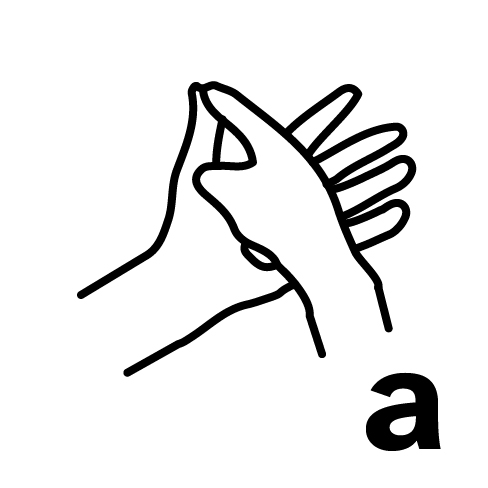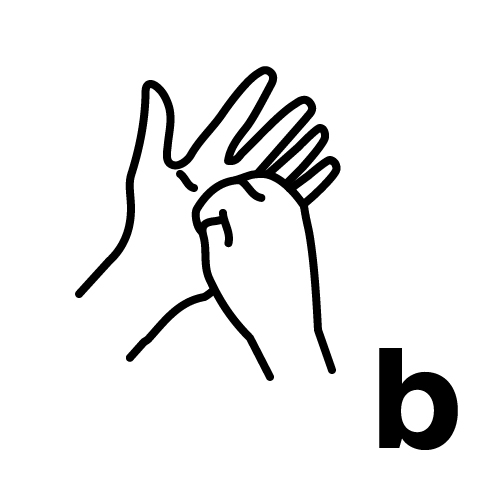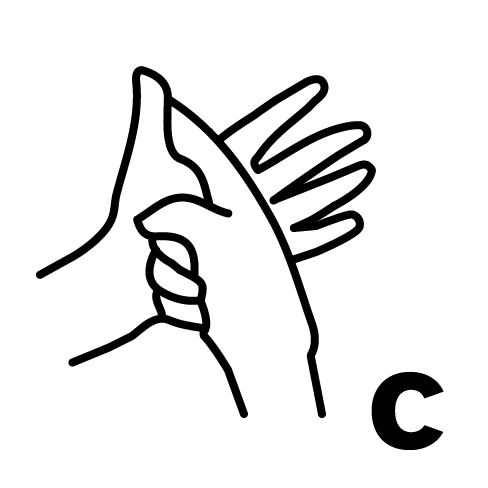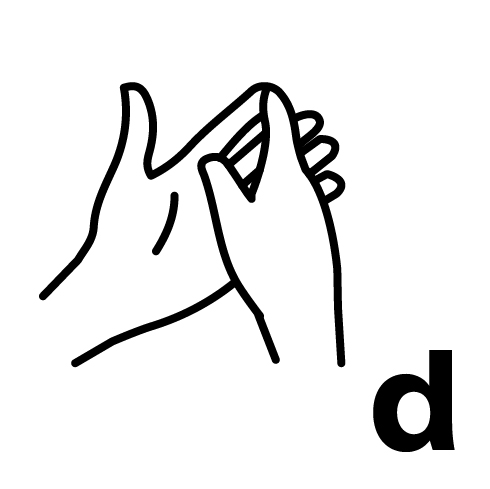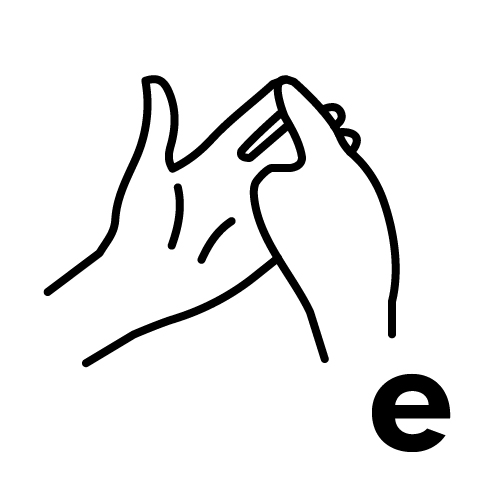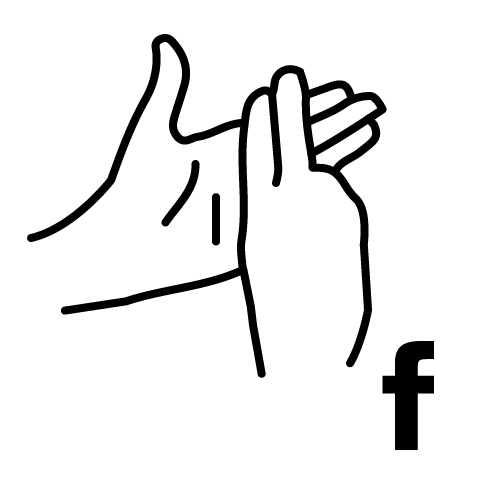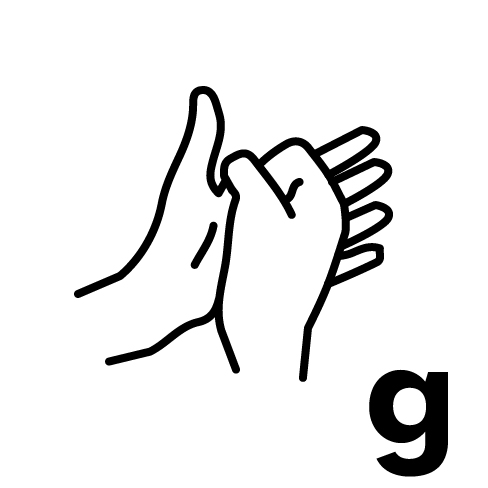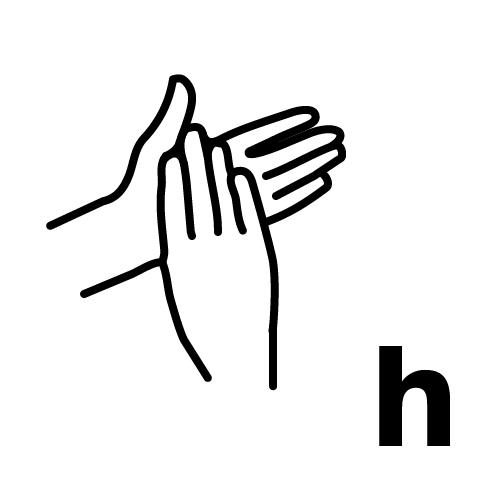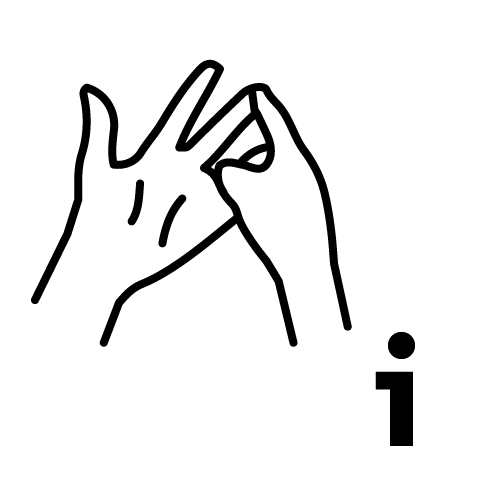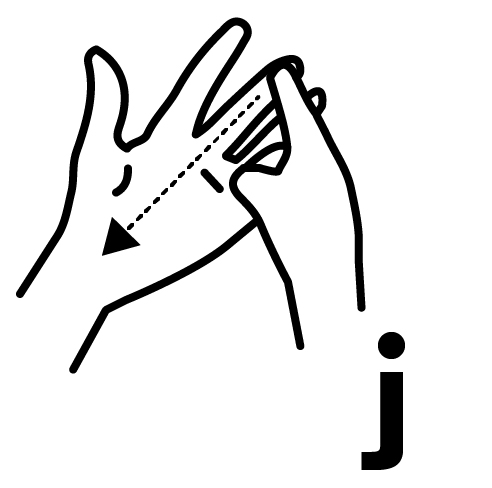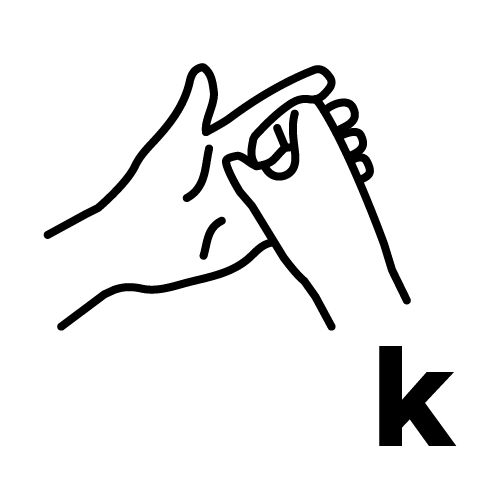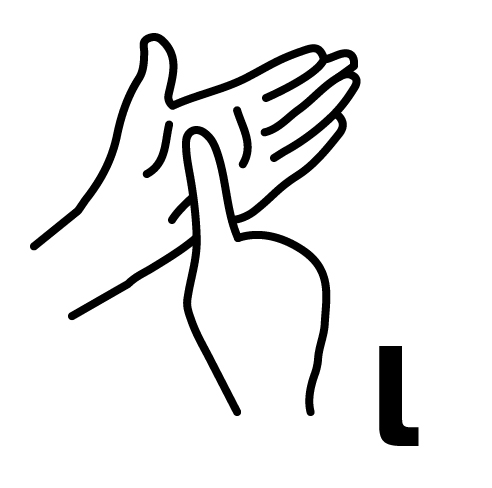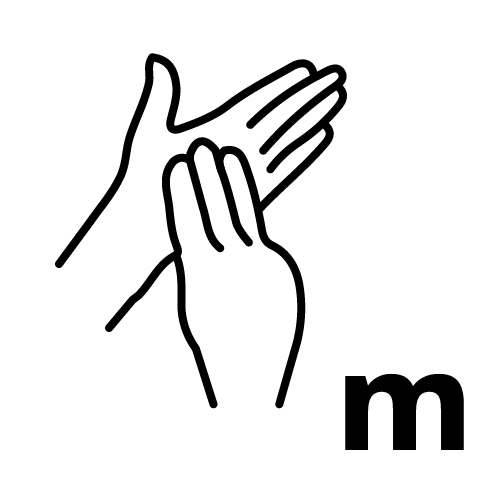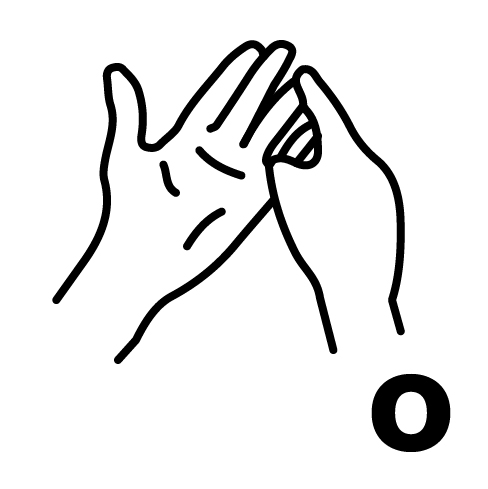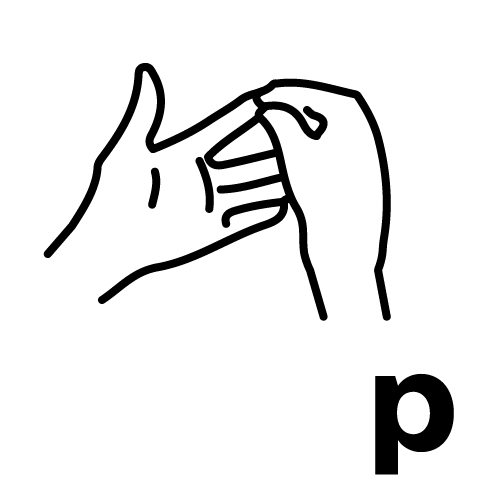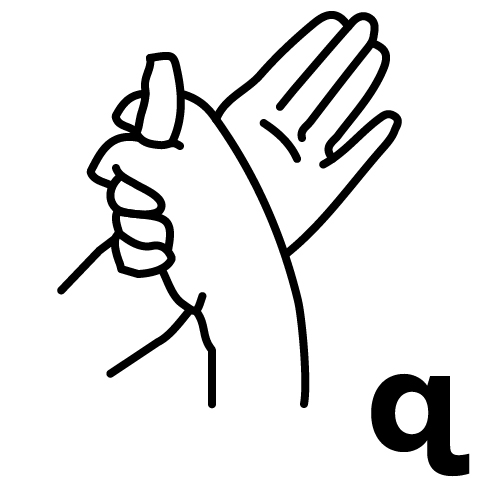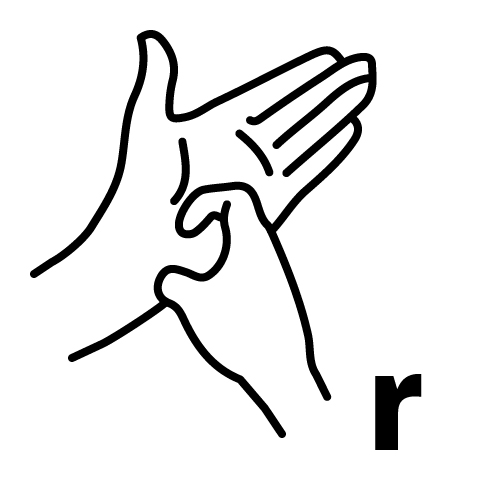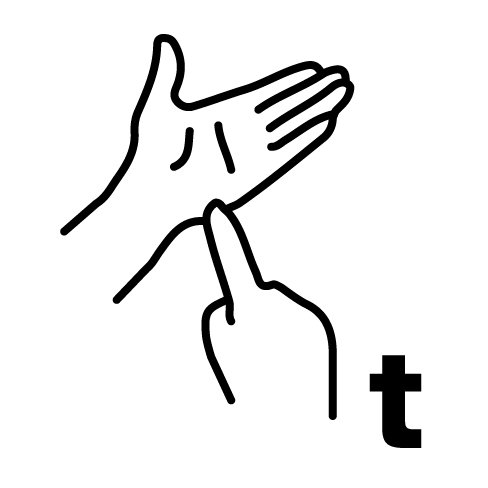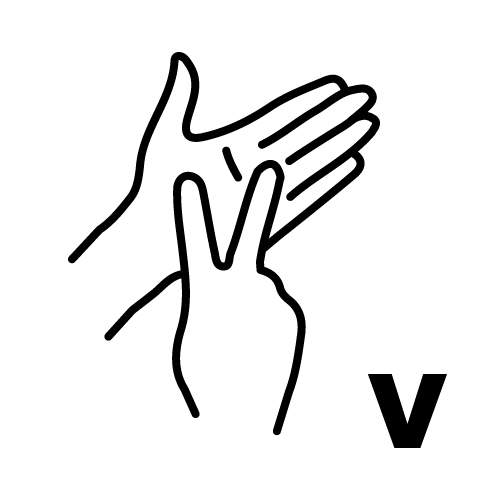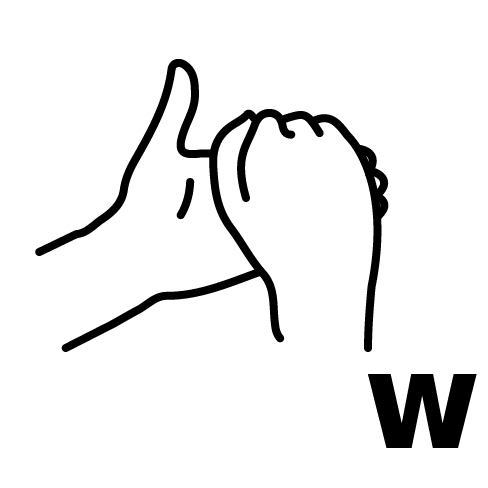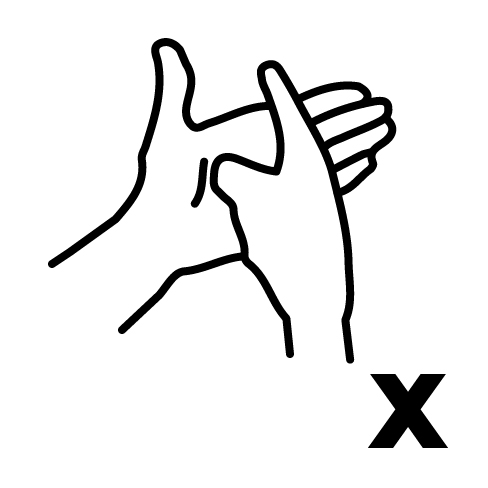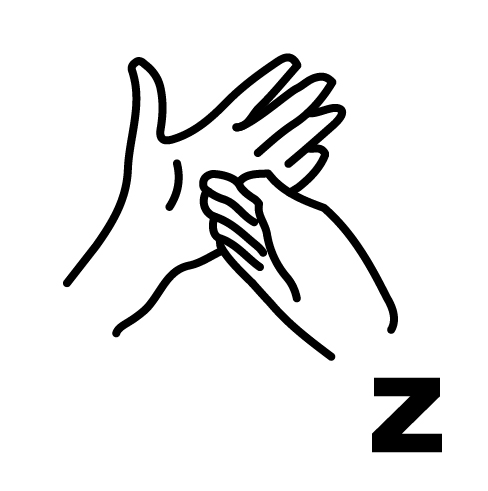Deafblind communication
The Deafblind community is very diverse and uses a wide range of communication methods. This is because community members experience different causes and presentations of vision and hearing impairment, along with the possibility they are living with multiple or complex disability.
It means that sometimes, Deafblind people cannot connect meaningfully with others without communication support.
The most common forms of communication used by Deafblind people in Australia are:
- Alternative and augmented communication including touch cues/social haptics, pictographs and key word signs
- Auslan (Australian Sign Language) including a variety of ways of receiving sign language such as visual frame, tracking and tactile/hand over hand
- Deafblind fingerspelling
- Oral and aural communication (speaking and listening)
- Printed words or Braille, including print on palm and electronic communications such as email and text message (SMS).
Modified sign language
There are a number of different sign-based communication modalities used by the Deafblind community.
There are four main types of Auslan interpreting: Platform, Visual frame, Tracking, and Tactile/hand over hand. There is also Deafblind fingerspelling.
- Platform — Coming from interpreting at conference or public events, this refers to signing interpreter that is accessed visually at a distance. This may be preferred by people whose vision has not yet deteriorated to the point where the set up needs to be modified.
- Visual frame — Similar to Platform interpreting, but the interpreter is positioned closer to an individual or group so that their signing remains within the boundaries of a person’s limited visual field. Signs made outside the field won’t be seen by the Deafblind person so physical proximity to one another is used to limit the signing space.
- Tracking — When an individual’s visual frame is particularly small, they may hold the interpreter’s wrists when receiving information. The signs are still being processed visually, but the field in which this can take place is incredibly small and the individual keeps physical hold of the interpreter’s wrists to ensure they don’t move outside the usable signing space.
- Tactile/hand over hand — This modality uses Auslan in a modified set up for those who no longer have enough functional vision to take in information that way. The Deafblind person sits opposite the interpreter and places their hands on top of the interpreters in order to feel the signs and access the information that way.
- Deafblind fingerspelling — This is the Deafblind Manual Alphabet (also called Deafblind Fingerspelling or Tactile Fingerspelling). It is a modified version of the Auslan alphabet that is designed to be felt instead of seen. Words can be spelled letter by letter into a person’s palm to aid communication. Download a picture of the full fingerspelling alphabet.
